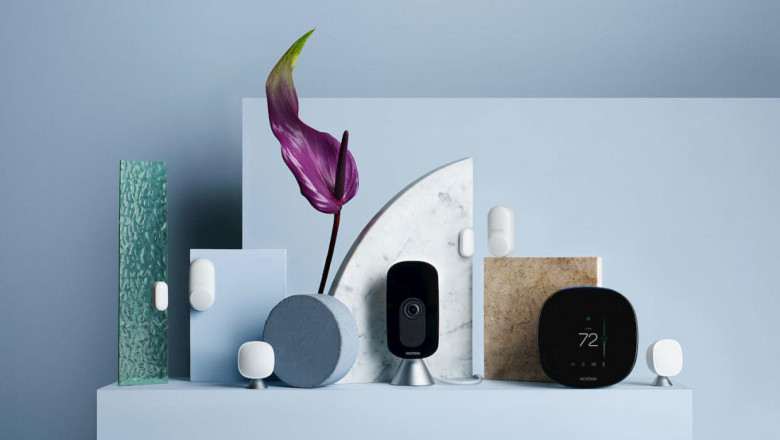views
The smart home devices market has experienced exponential growth in recent years, driven by increasing consumer demand for convenience, efficiency, and security. As technology continues to advance, homes are becoming more interconnected through a range of devices, from smart thermostats and lighting to voice-controlled assistants and connected appliances. The market is not only expanding in developed regions but is also making inroads into emerging economies, signaling a global trend toward home automation.
One of the key factors fueling this growth is the proliferation of the Internet of Things (IoT). IoT enables devices to communicate with each other and be controlled remotely, which is the backbone of smart home functionality. Consumers are increasingly investing in IoT-enabled products that enhance their quality of life by automating mundane tasks, optimizing energy use, and improving home security.
Market Segmentation and Product Categories
The smart home market is broadly segmented into several categories: energy management, security and access control, lighting control, entertainment, and smart appliances. Among these, smart speakers like Amazon Echo and Google Nest Hub have become the most recognizable, serving as central control hubs for many households.
Energy management systems, including smart thermostats like Nest and Ecobee, allow users to monitor and control their home’s heating and cooling systems via smartphones. These devices contribute to energy efficiency and cost savings, making them highly appealing to environmentally conscious consumers.
Security solutions such as smart locks, doorbell cameras, and motion sensors have also gained significant popularity. As crime prevention remains a high priority for homeowners, these products offer peace of mind through real-time monitoring and alerts.
Consumer Trends and Adoption Rates
Demographic shifts, such as the rise of tech-savvy millennials as homeowners, are accelerating smart home device adoption. These consumers are more comfortable with technology and are actively seeking solutions that integrate seamlessly with their digital lives. Additionally, the COVID-19 pandemic led to an increased focus on home environments, further pushing consumers toward tech upgrades.
While North America currently dominates the smart home devices market, regions like Asia-Pacific and Europe are rapidly catching up. In China and India, growing urbanization and rising disposable incomes are fueling demand. Meanwhile, European countries are leveraging smart technologies to meet energy efficiency and climate goals.
Challenges and Barriers
Despite its rapid growth, the smart home devices market faces several challenges. Data privacy and security are top concerns among consumers wary of surveillance and data breaches. Manufacturers are under increasing pressure to implement robust encryption and transparent data usage policies.
Another major barrier is interoperability. With a wide array of brands and platforms available, ensuring that devices work well together can be problematic. Industry standards and collaborative initiatives like Matter—a universal smart home standard launched by the Connectivity Standards Alliance—aim to tackle this issue by promoting seamless integration across different ecosystems.
Competitive Landscape
The market is highly competitive, with major tech companies like Amazon, Google, Apple, and Samsung playing leading roles. These firms continue to invest heavily in R&D, acquisitions, and partnerships to expand their product offerings and maintain market share. Startups and smaller tech firms also play a vital role, often leading innovation in niche areas like AI-based automation or energy efficiency.
The growing number of product launches and strategic collaborations suggests that the market will continue to evolve rapidly. Companies are focusing on developing more intuitive user interfaces, enhancing voice recognition capabilities, and integrating AI to create more personalized and responsive home environments.
Future Outlook
The future of the smart home devices market looks promising. As 5G and advanced Wi-Fi technologies become more widespread, the responsiveness and reliability of smart home systems will improve significantly. Moreover, artificial intelligence will likely take center stage, enabling predictive analytics for energy management and personalized home experiences.
Sustainability will also play a crucial role. Manufacturers are increasingly designing products with energy efficiency in mind, aligning with global sustainability goals. Governments may also offer incentives for adopting smart technologies that reduce energy consumption and carbon footprints.
In conclusion, the smart home devices market is on a trajectory of sustained growth, fueled by technological innovation and changing consumer lifestyles. As connectivity becomes a staple in everyday living, smart homes are evolving from luxury to necessity.






















Comments
0 comment